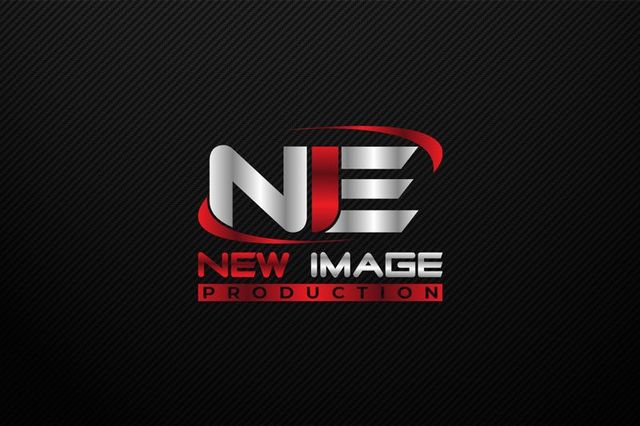Perfecting the Art of Flawless Video Projection on Curved LED Walls for Stunning Graphic Audience Experiences
Film projection is an innovative technology that allows visuals and videos to be projected onto areas, creating breathtaking visual encounters. When it comes to rounded surfaces, mastering this craft can be a bit more challenging than casting onto flat surfaces. Curved areas can encompass anything from the facades of structures to art pieces and even stages. Understanding how to efficiently project footage onto these forms is essential for creators, design professionals, and event planners who want to develop engaging environments that captivate viewers.The initial step in video mapping on curved areas is to understand the geometry of the area. Rounded surfaces can be complex, with different degrees of bend. To achieve a smooth display, it is vital to build a 3D representation of the surface. This representation helps in imagining how the video will look when cast. Software tools are available that permit users to develop these representations and mimic the display. By accurately mapping the measurements and contours of the surface, creators can ensure that the footage matches perfectly without warping.
Once the 3D model is ready, the next step is to prepare the video content. This includes modifying the footage to fit the specific form and dimensions of the rounded area. It is essential to consider the angles and viewpoints from which the audience will observe the projection. The material should be designed to enhance the visual encounter, making it captivating and pertinent to the concept of the occasion or installation. Using high-quality graphics and animations can greatly improve the total impact of the projection.
After preparing the content, the actual projection process starts. This includes setting up the projectors at the correct positions and spaces to ensure that the video matches with the 3D model. Calibration is a key part of this procedure. It may necessitate modifying the brightness, contrast, and sharpness of the devices to obtain the optimal outcomes. Additionally, using multiple devices may be required to encompass bigger or more intricate surfaces. This technique, known as seamless projection, helps form a seamless image across the whole area.

Ultimately, trialing the projection is essential before the final show. This enables creators to make any necessary modifications link to the footage and device configurations. It is also an chance to see how the audience will perceive the display from various perspectives. By ensuring that the video projection is flawless, creators can provide a stunning visual encounter that creates a lasting impact. Mastering video mapping on rounded areas not only enhances creative output but also opens up new possibilities for narrative and viewer engagement in various environments.